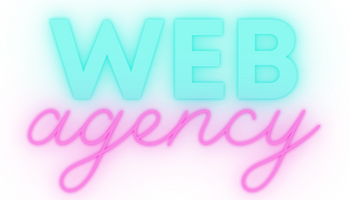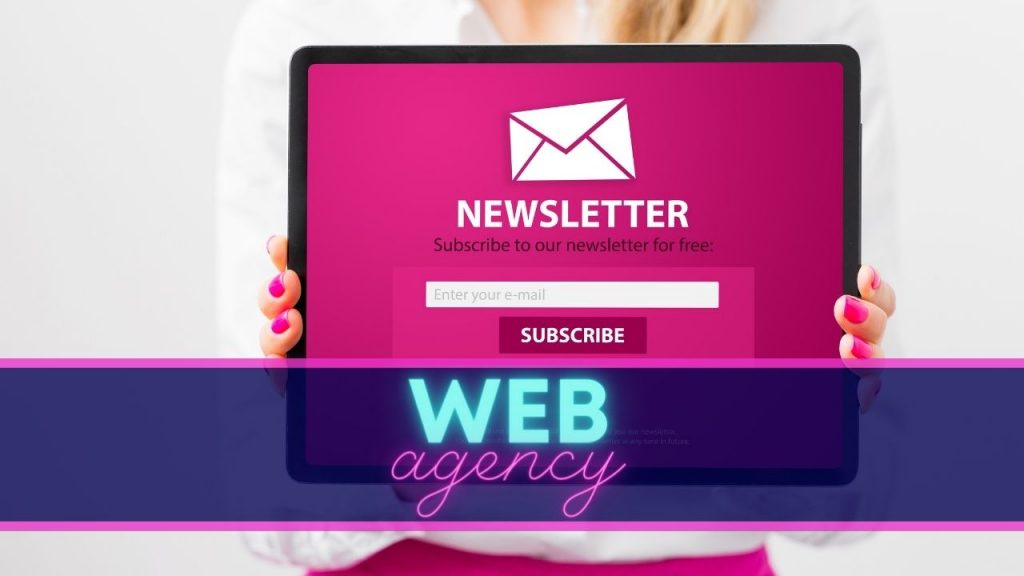Are you looking for concrete advice on how to optimize your newsletter copywriting? Whether you’re a company, an association or a blogger, sending out a newsletter on a regular basis can be a powerful communication tool. In this article, we’ll take you through 10 key steps to writing an effective and impactful newsletter.
Defining your objectives and audience
The first step in writing an effective newsletter is to clearly define your objectives and audience. You need to know why you are sending this newsletter and who it’s aimed at. Here are some questions to ask yourself:
- What’s the objective of my newsletter? Inform, promote, build loyalty, recruit new subscribers?
- What is the target audience for my newsletter? Current customers, prospects, community members, blog subscribers, business partners, etc.?
- What are the interests and expectations of my target audience? What motivates them? What are their needs and problems?
- What tone and style do I want my newsletter to have? Professional, friendly, humorous, informative, etc.
- What are the expected results of my newsletter? Open rate, click-through rate, conversion rate, unsubscribe rate, etc.?
By answering these questions, you’ll be able to better target your message and adapt your content according to your objectives and target audience. This will also enable you to measure your newsletter’s effectiveness and adjust your strategy accordingly.
Choosing your newsletter content
The second step in writing an effective newsletter is to choose the content you’re going to include. You need to offer quality content that’s relevant to your target audience. Here are some tips for choosing content for your newsletter:
Stay focused on your objective
Your content must be directly related to your newsletter’s objective (to inform, promote, build loyalty, recruit new subscribers, etc.
).
Choose topics of interest to your target audience
.
Your subscribers must want to read your newsletter. Identify the topics that interest them and the problems they face so you can offer them relevant content.
Variety of content types
Propose different types of content to avoid tiring your audience and meet the different expectations of your subscribers (blog articles, videos, infographics, interviews, customer testimonials, etc.
).
Be concise
Your newsletter shouldn’t be too long so as not to discourage your subscribers from reading it. Offer summaries, extracts or links to more detailed content.
Be regular
To keep your subscribers loyal, it’s important to send them newsletters regularly, at regular intervals. Establish an editorial calendar and stick to it.
Structuring your newsletter
The third step in writing an effective newsletter is to structure your newsletter. To do this, it’s important to use a clear, airy layout, divide your content into sections and add headings and subheadings. You can also use bulleted lists and images to make your newsletter easier to read and more attractive.
Writing attractive headlines and teasers
To make your newsletter appealing, it’s important to write attractive headlines and teasers. To do this, use catchy formulas that appeal to your target audience and make them want to read on. Your headlines and teasers should be clear, concise and easily understood at a glance.
Focus on layout and design
The fifth step in writing an effective newsletter is to take care of the layout and design. Your newsletter needs to be visually pleasing to read to hold your subscribers’attention. To achieve this, use a clear, airy and easy-to-read layout, with a suitable font. Add images and graphics to illustrate your content and make your newsletter more attractive. Finally, make sure your newsletter is compatible with different reading media (computer, tablet, smartphone).
Customize your newsletter
The sixth step to writing an effective newsletter is to personalize your newsletter. Subscribers are more inclined to read a newsletter that’s addressed to them personally. To personalize your newsletter, use your subscriber’s first name in the title or body of the newsletter. You can also use information about your subscribers’ preferences to offer them content that really interests them. You can also segment your subscriber list according to various criteria (age, gender, place of residence, etc.) to offer them even more personalized newsletters.
Add calls to action
The seventh and final step in writing an effective newsletter is to add calls to action. Calls to action encourage subscribers to perform a specific action, such as visiting your website, registering for an event, or purchasing a product. To add calls to action, use clearly identifiable buttons or links in your newsletter. Place them strategically in your newsletter, notably at the end of each section or at the end of your newsletter. Calls to action should be clear, concise and inciting to encourage your subscribers to take action.
Respect the rules for sending and subscribing
.
In addition to the above steps for writing an effective newsletter, it’s also important to respect the rules for sending and subscribing. First, make sure your subscribers have given their consent to receive your newsletter. Next, include a clear unsubscribe option in every newsletter, so that your subscribers can easily unsubscribe if they wish. Also, avoid sending newsletters too often, so as not to saturate your subscribers’inboxes. Last but not least, make sure you comply with the laws in force regarding the sending of newsletters, particularly with regard to the collection and use of personal data.
Test and analyze your newsletter results
An important step in writing an effective newsletter is to test and analyze the results of your newsletter. To do this, use tracking and analysis tools to measure your newsletter’s open rate, click-through rate and conversion rate. Analyze the results to determine what’s working well and what could be improved. Use this data to fine-tune your content, design and newsletter strategy to improve the effectiveness of your future newsletters.
Maintain your subscriber list and continue to improve your newsletter
.
Finally, to write an effective newsletter, it’s important to maintain your subscriber list and keep improving your newsletter. Make sure your subscriber list is up to date by deleting invalid or inactive addresses. Add fresh, interesting content regularly to encourage subscribers to stay signed up and keep reading your newsletter. Finally, monitor market trends, comments and feedback from your subscribers to keep improving the relevance and effectiveness of your newsletter.









